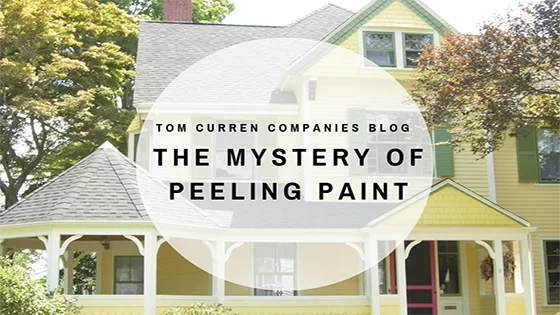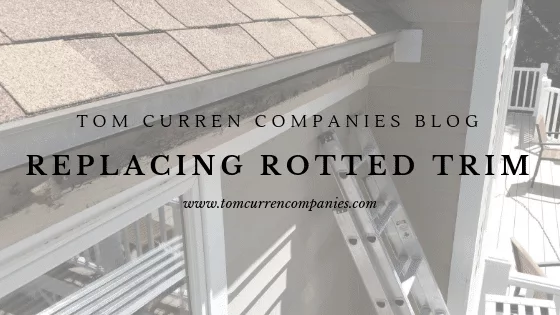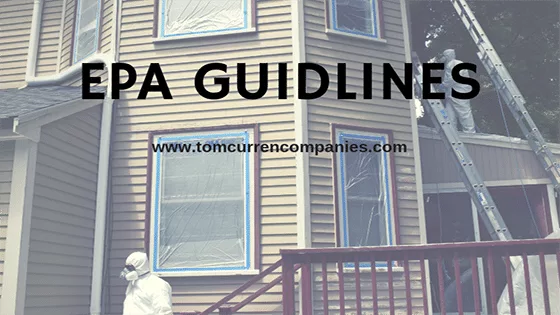November 5, 2018
An estimator is a kind of investigator, the mystery of peeling paint a kind of detective story.That's one [...]
November 5, 2018
You know what paint blisters look like: suddenly your smooth finish looks like the surface of the moon, [...]
September 24, 2018
Low-maintenance exteriors have become the gold standard for many customers. That's why engineered alternatives to wood, like composite, have only [...]
September 24, 2018
Until 1978, lead paint was popular in American homes. It came in long-lasting, bright, modern-looking colors, and it was aggressively [...]
September 24, 2018
All throughout New England, weather patterns are unpredictable. Fluctuations in temperature, wind conditions, rain patterns, and pollen count can make [...]
Locations






